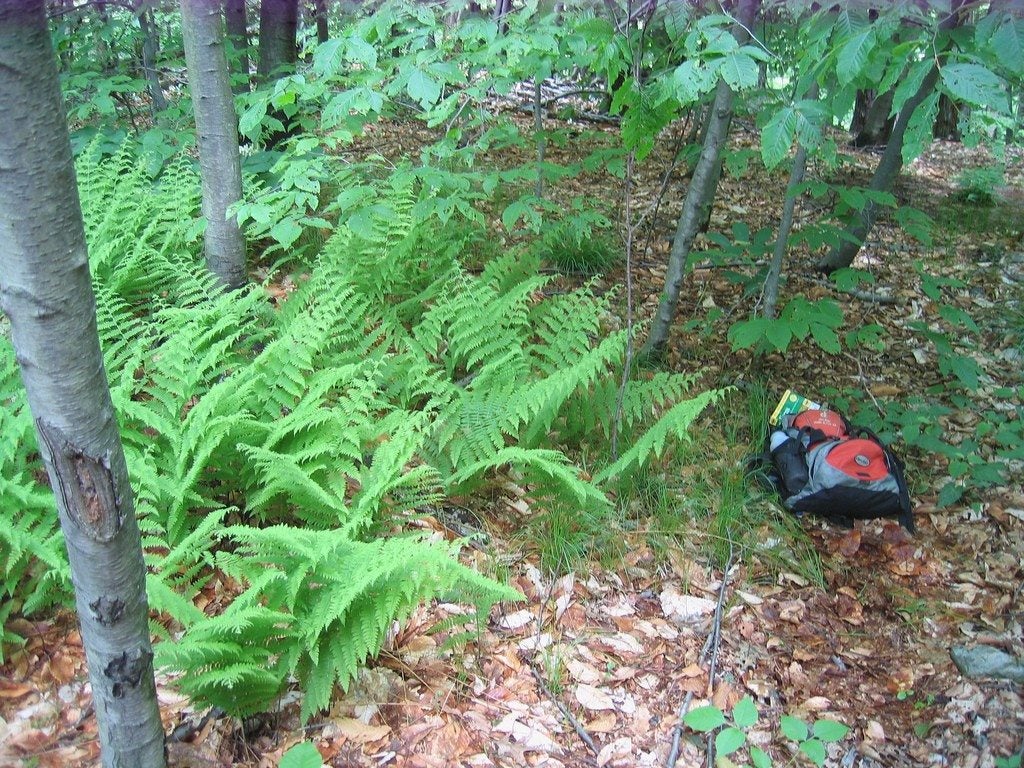Hay Scented Fern Habitat Information: Growing Hay Scented Ferns

If you're a lover of ferns, then growing hay scented fern in the woodland garden will certainly feed your enjoyment of these plants. Read on to learn more.
Hay Scented Fern Habitat
Hay scented fern (Dennstaedtia punctiloba) is a deciduous fern that, when crushed, releases a scent of fresh mowed hay. They can grow up to 2 feet (60 cm.) in height and spread up to 3 to 4 feet (0.9 to 1.2 m.) wide. This fern grows singly from underground stems, called rhizomes. Hay scented fern is a bright green that turns to a soft yellow in the fall. This fern is invasive, which makes it excellent for ground coverage, but because of its hardiness, you will not want to plant this with weaker growing plants. These ferns grow in colonies and naturally repel deer. If you are using them in landscaping, they are great for border edging, ground coverage and naturalizing your garden. Hay scented ferns are found from Newfoundland to Alabama, but are more abundant in the eastern states of North America. Hay scented ferns are indigenous to USDA climate zones 3-8. They grow freely on the floors of forests, creating a green luxurious carpet. They can also be found in meadows, fields and rocky slopes.
How to Plant Hay Scented Fern
Growing hay scented ferns are fairly easy because these ferns are hardy and quick to be established. Plant these ferns in an area that provides good drainage. If your soil is poor, add some compost for extra enrichment. Remember that these ferns grow rapidly and will spread quickly, so you will want to plant them about 18 inches (45 cm.) apart. These ferns prefer partial shade and slightly acidic soil. Although they will grow in full sun, they will not look as lush.
Hay Scented Fern Care
Once the hay scented fern takes root and starts to spread, there is little to do with the plant. If your garden is in need some thinning out from these persistent plants, you can easily control the spread by pulling out some of the growth in spring. Caring for a hay scented fern requires only a little time and effort. If your ferns should go pale, a bit of fish emulsion fertilizer should put some color back into them. These hardy ferns have been known to live for 10 years.
Sign up for the Gardening Know How newsletter today and receive a free copy of our e-book "How to Grow Delicious Tomatoes".